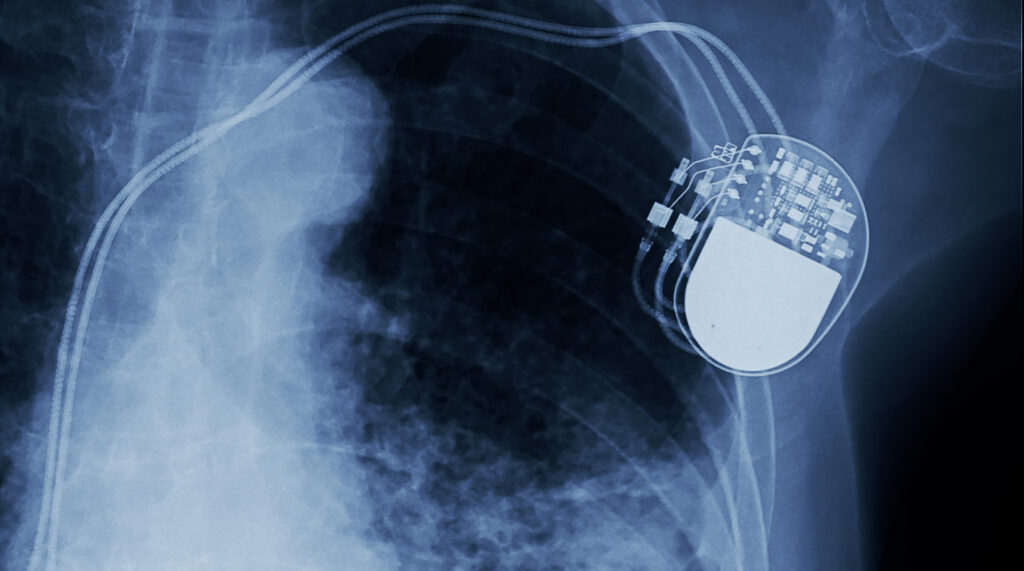When we are dealing with medical devices, we expect them to be reliable. But what is reliability in these devices?
Reliability is not trust
When we say we trust a device, we acknowledge that it does what it is supposed to do, e.g., a thermometer that states a temperature, not air pressure. Another level of trust is that the temperature that is displayed is the actual temperature as measured and processed by the device, i.e., 37° C in a healthy human. We trust the thermometer to be a reliable device.
Reliability is not quality
Quality is front and center in the world of medical devices. When bringing a device to market, your Quality Management System (QMS) is the heart of your operation to ensure that the device is safe and that it does what it needs to do. We can rely on the device thanks to the strictly controlled processes and the control our QMS provides.
Reliability is not safety
Any device you use should be safe, and that holds especially for medical devices as they are highly regulated. Safety, for both end users, medical practitioners, manufacturers, and maintenance teams is guaranteed by strict guidelines from governments and industries alike. A medical device on the market will usually be very safe, but that has hardly anything to do with its reliability.
Reliability is not regulation
In the strictly regulated market of medical devices, the bar for releasing a device lies high. Both the US and the EU have their own set of legislation and rules and regulations, and on top of that, the industry itself requires you to adhere to its own set of standards, including ISO 13485. This ensures that your processes are transparent and controllable, and that your device complies with what both authorities, medical practitioners and patients can rely on the device and its outcomes. In other words, regulation is extremely valuable and leads to more reliable devices.
Reliability is not risk
Risk is defined as chance multiplied by result. If your thermometer can kill you, its risk is too high to be acceptable, even if it only occurs once In a billion times. Throughout the process of bringing your device to market, your QMS and Risk Management Process will keep you alert and ensure you minimize the risks your device can do to you or anyone else. Risk management is one of the most important processes in making medical devices, and it surely contributes to making reliable medical devices.
Types of reliability
There are, of course, multiple types of reliability where medical devices are concerned. Let us start with a definition:
Reliability is the probability, at a desired confidence level, that a device will perform a function, without failure, under stated conditions, for a specified period of time.
This definition talks about four requirements:
-
- The device performs a required function.
-
- The device performs without failure.
-
- The device performs under stated conditions.
-
- The device operates for a specified period of time.
In other words, a reliable device does what it is supposed to do, does that uninterruptedly when it is in the proper circumstances, and keeps doing that for as long as the manufacturer has stated.
So that is a reliable medical device. All the other metrics are important in establishing a reliable medical device, but they are different metrics, different dimensions, than reliability.
This piece was inspired by the book ‘Reliable Design of Medical Devices’ by Richard C. Fries


